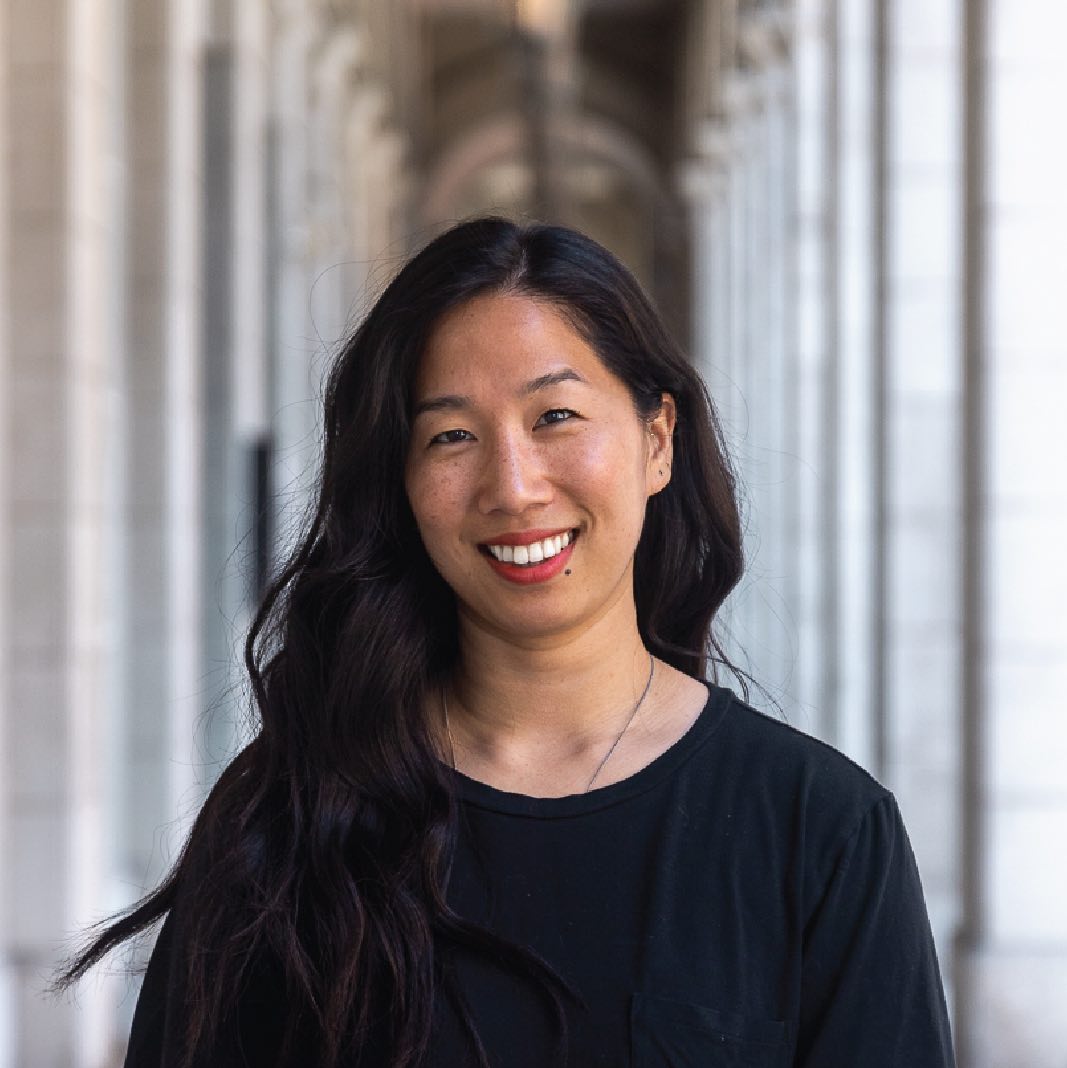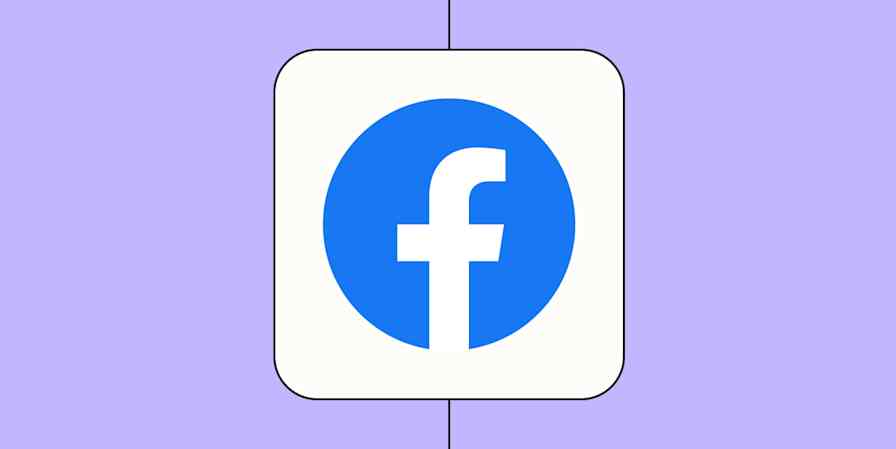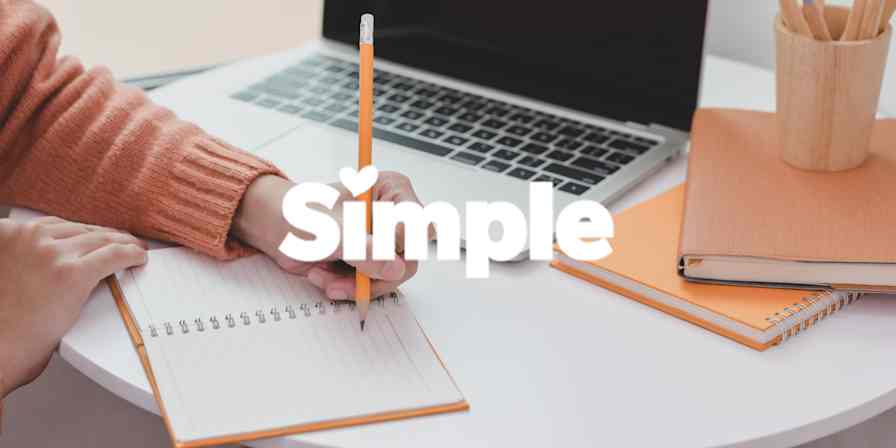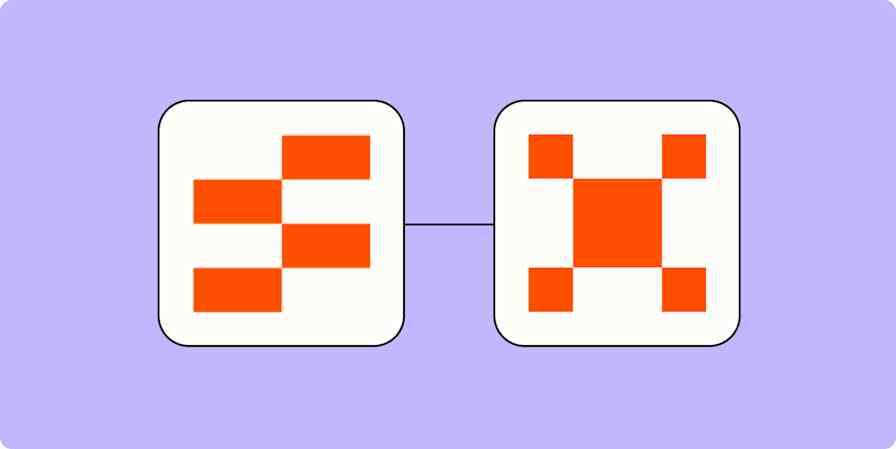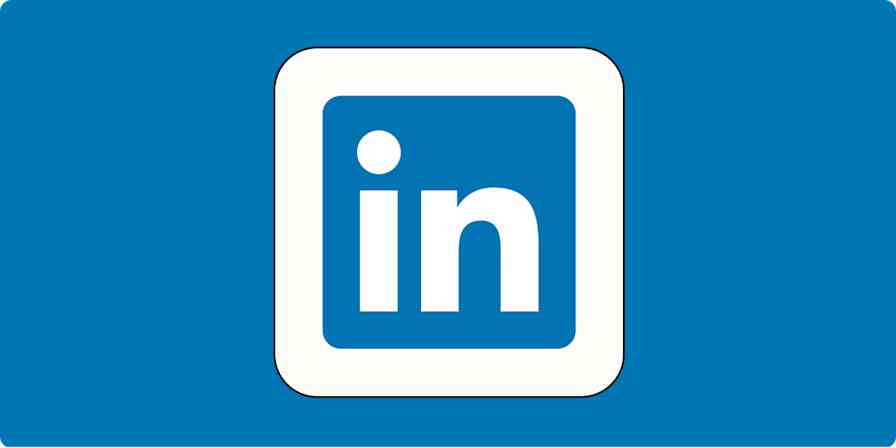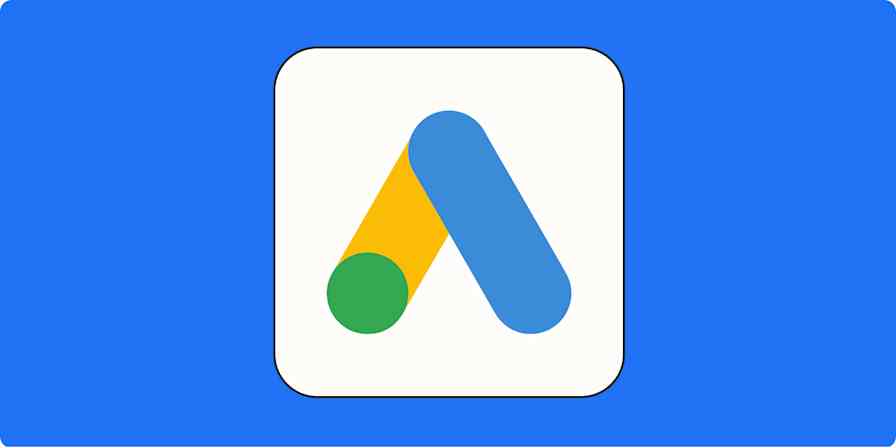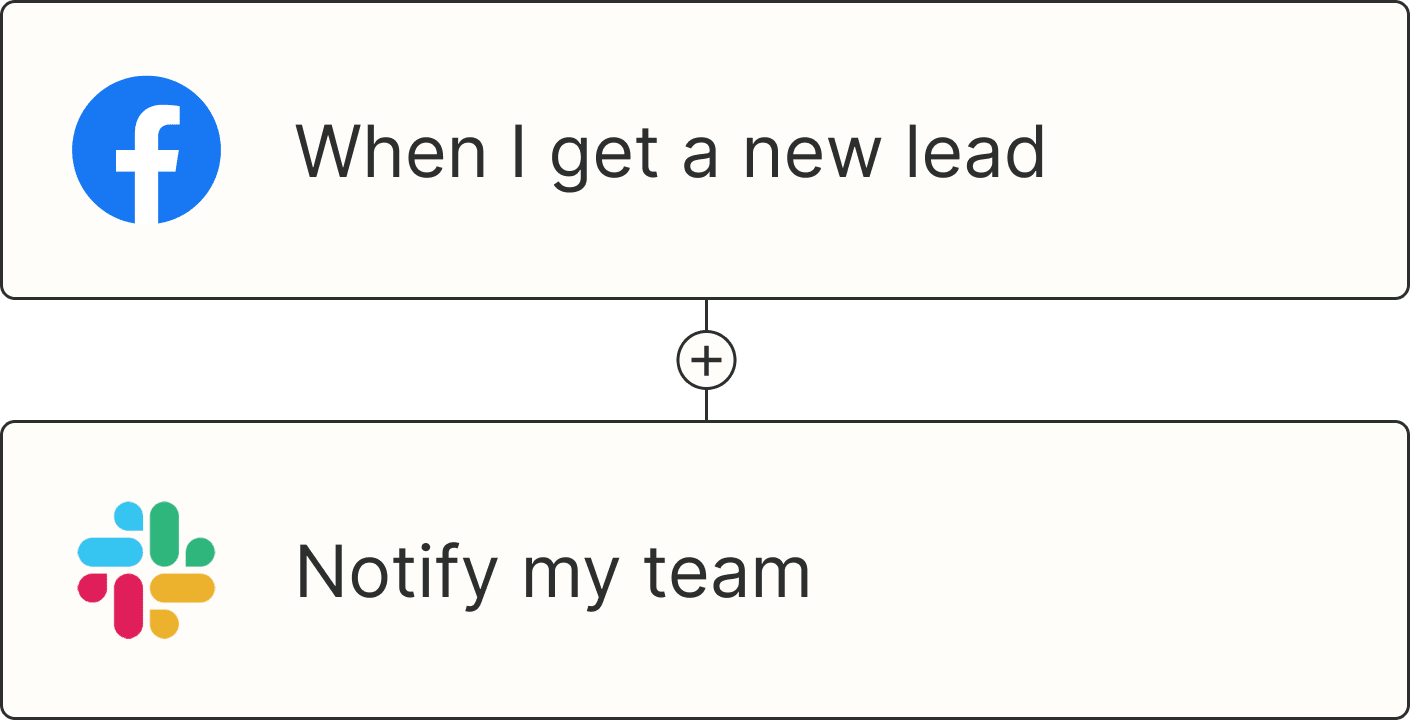You can run Facebook lead ads all day long, but if you're only collecting contact info from people who don't actually want what you're selling, you're wasting your time (and budget). The best lead generation campaigns don't just fill your CRM—they attract people with real intent, qualify them effectively, and encourage action.
We asked marketers about the Facebook lead ads strategies they use to consistently bring in high-quality leads. From smarter targeting to strategic form design, these are the practices they use to run ad campaigns that actually deliver.
Table of contents:
1. Target based on intent—not just broad interests
The more you understand who you're targeting—and what signals indicate intent—the better your ad performance will be. Anton Kovalchuk, founder of digital marketing agency QliqQliq, relies on Meta's built-in tools to reach people who are actually ready to convert:
"I don't use broad targeting. Instead, I create lookalike audiences based on a set of existing, high-quality clients and website visitors with strong intent. By using additional demographic or behavioral filters, such as job titles, income levels, or particular interests, I can then target the ad to prospects who are much more likely to convert."
But Anton doesn't just target leads once. "I use Facebook's engagement retargeting to reach prospects who previously looked at my ads or lead forms, but didn't complete the process."
The strategy here is to work smarter, not broader. Focus your targeting on people who are already showing intent—through website activity, past engagement, or characteristics shared with your best customers.
Try this Facebook lead ads strategy:
Build a lookalike audience based on your most valuable customers.
Narrow the audience with key filters relevant to your industry.
Use retargeting to bring back warm leads who didn't convert the first time.
2. Offer a solution your audience actually needs
If your ad doesn't speak to a specific pain point, you're already behind.
Tom Van den Heuvel, CMO at wetracked.io, has spent over a decade helping eCommerce businesses scale with Meta ads. One tactic that consistently delivers? Creating ultra-relevant content that offers a real solution.
"One effective way to optimize Facebook lead ads for high-quality leads is to create content that directly addresses a problem your audience faces," says Tom. For example, his team created an ultimate eCommerce ads checklist—a 111-point resource that offered to help their target audience solve one of their top pain points.

"Combined with continuous testing of ad visuals and copy," Tom says, "we've effectively scaled the campaign. Our cost per lead is $3.10, with 8% converting to active users on our platform."
Try this Facebook lead ads strategy:
Identify your audience's top pain point(s).
Build a lead magnet—for example, a checklist, template, or free tool—that solves your audience's top pain points.
Split (or A/B) test your ads to see what type of content resonates.
3. Add qualifying questions to separate browsers from buyers
High-volume leads may look good in a report, but if they're not sales-ready, they're just noise.
John Cox, an online marketing consultant with Bonhomie Creative, recommends adding a single, strategic qualifying question to your lead form to filter for high-quality leads:
"I use strategic qualifier questions to pre-filter prospects. Instead of just collecting contact information, I add one crucial question that separates serious buyers from casual browsers."
Here's an example: "For a real estate client, simply asking, 'When are you looking to move?' with timeline options improved lead quality by 37% without increasing costs. The sweet spot is adding just one qualifying question that predicts buying intent while keeping the form short enough for high completion rates. This approach delivers leads who are ready for meaningful conversations, not just names for your database."
Try this Facebook lead generation ads strategy:
Add one dropdown or multiple-choice question to your lead form that gauges urgency or intent.
Choose a question that helps your sales team prioritize responses—for example, the prospect's timeline, budget, or job title.
Monitor form completion rates to make sure you're not adding too much friction.
4. Use SMS to confirm interest after form submission
Even if someone submits your form, it doesn't necessarily mean they're serious about taking the next step. That's why Jared Tangir, founder of Elevated Audience, uses SMS automation to qualify leads immediately after they sign up.
"When we receive a Facebook form submission, we've set up an automated workflow to immediately send an SMS message with a single yes or no question."

The result? Jared says, "Our data shows that this simple extra step filters out nearly 70% of non-serious inquiries while maintaining 82% response rates from genuinely interested prospects."
Try this Facebook lead generation ads strategy:
Send a short follow-up message that requires a response—for example, ask a yes/no question.
Route replies to your sales team or a CRM pipeline for follow-up.
Use Zapier's Facebook Lead Ads integration to automatically send SMS messages after someone submits a form. Here's a pre-made template to get you started.
More details
Zapier is the most connected AI orchestration platform—integrating with thousands of apps from partners like Google, Salesforce, and Microsoft. Use interfaces, data tables, and logic to build secure, automated, AI-powered systems for your business-critical workflows across your organization's technology stack. Learn more.
5. Use Meta Advantage+ catalog ads (and trust the algorithm)
If you're willing to let AI take the wheel, Meta Advantage+ catalog ads gather customer information and intent directly from Facebook. This way, you can take the guesswork out of targeting and optimize for conversions. Which is exactly how Rob Gold, VP of marketing communications at Intermedia, uses it.
"We give Meta's machine learning more control to help find users who are more likely to become our high-intent leads," Rob says. "This approach comes with losing some manual control over the process, but we've found that when you feed the algorithm the right signals—for example, existing high-value customer profiles—it becomes much better at finding those high-value prospects."
Here's an example of what this strategy looked like in practice. "We ran an Advantage+ lead campaign promoting one of our solutions for call centers, targeting lookalikes of our best contact center customers. From that, we saw a 20% increase in demo requests compared to previous campaigns."
Try this Facebook lead generation ads strategy:
Run an Advantage+ lead campaign using lookalikes of your highest-value customers.
Focus your lead magnet or CTA on mid-funnel actions—for example, product demos or consults.
Add qualification steps to filter out low-intent submissions.
6. Invest in your creative—it matters more than ever
Every company and their office dog is competing for your attention. The only way to catch them mid-scroll or stroll is with compelling visuals.
Bruno Grandis, social media manager at SWOT Digital, explains how they leaned into the visuals for a recent client campaign: "In our lead generation ad for Odyssey Bathrooms, we made sure to feature different bathroom styles in both the ad copy and visual to cater to different tastes. By rotating through multiplate variations of our ad creatives, it also helped keep our audience engaged and avoid ad fatigue, which ultimately helped improve the quality of our leads."

Here's another set of Facebook lead ad examples from Zapier. Notice how the ads use different creatives for each ad, but they're all thematically the same? This is an effective way to rotate through your ad sets while signaling they're all from Zapier. It's repeat ad exposure without the ad fatigue.

Try this Facebook lead generation ads strategy:
Create three to five variations of your ad creative to test visuals, messaging, and tone.
Rotate creatives regularly to prevent ad fatigue.
Match the creative style and tone of your ad to the audience segment you're targeting.
Automate Facebook lead ads
No amount of ad tweaking is going to matter if there are gaps in your marketing funnel. You need a system in place to help you quickly respond to leads and move them to the next stage.
With Zapier's Facebook lead ads integration, you can build a fully automated lead management system that handles everything from getting alerts about new leads to sending automated email responses to tracking leads in your CRM. Learn more about how to automate Facebook lead ads, or get started with one of these pre-made workflows.
More details
More details
More details
Related reading:

